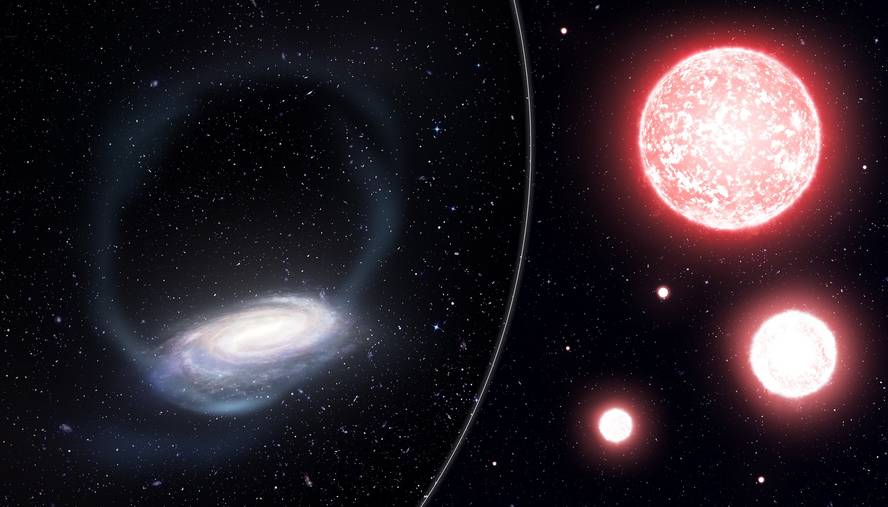Remains of a missing globular cluster discovered

Two billion years ago, the gravity of the Milky Way crushed a globular cluster at 62,000 light-years in the constellation of Phoenix. Now, astrophysicists have been able to distinguish the footprint of this missing structure, adopting the shape of a stellar current.
When they look, they are surprised. A study published in the journal Nature reveals that the stars of this ancient cluster have fewer heavy elements than the rest of the globular clusters. According to this composition, they would be much older. That is why they believe that this structure they have called the Fenix Current would be the last sign of a special type of globular cluster so far unknown, and that it was created long before the nearly 150 globular clusters in the Milky Way, in the first moments of the universe in which the heavier elements than hydrogen and helium were less accessible.
They are stars of similar age to that of our galaxy, but dispersed. In the case of the Phoenix Current, however, these stars have remained within an even indissoluble structure, so astronomers expect valuable information about the formation of globular clusters.





